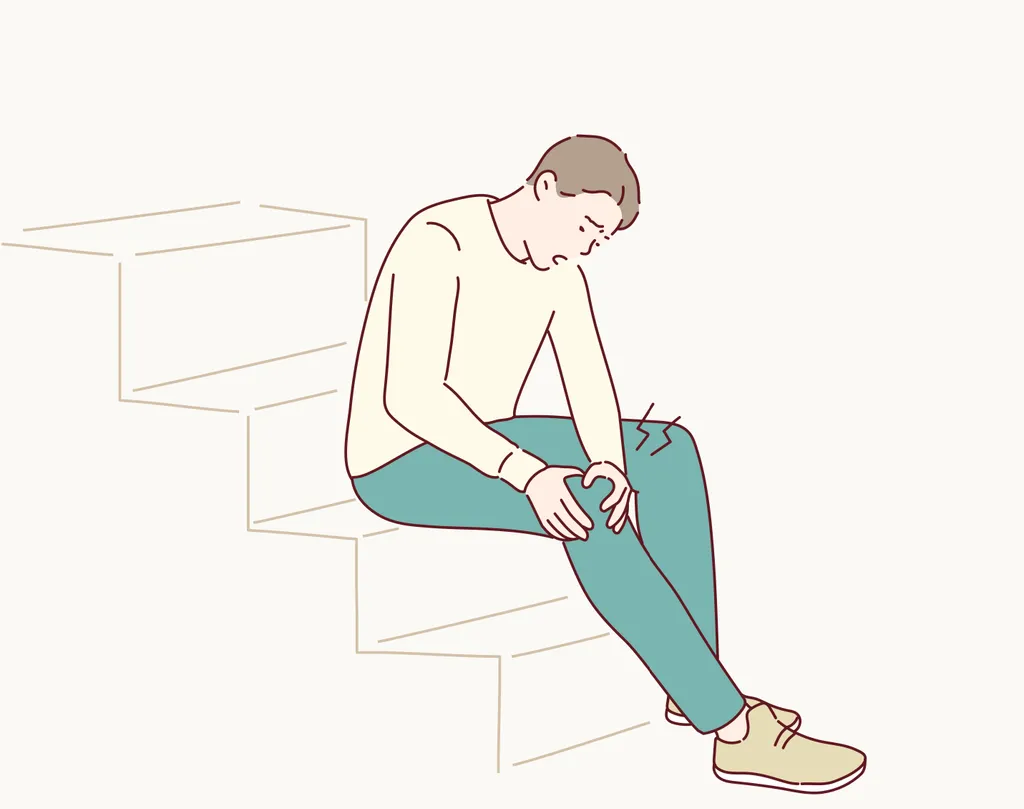Muscle, Joint, and Bone Pain
Last updated on: 1/5/2025
What is CLL-Related Pain?
Muscle, joint, and bone pain can occur due to several factors related to CLL or its treatment:
- Bone marrow involvement: If CLL cells enter the bone marrow, it can cause discomfort or pain in the bones and joints.
- Side effects of treatment: Some CLL treatments, such as chemotherapy, targeted therapies, or corticosteroids, can cause muscle and joint pain as side effects.
- Secondary conditions: People with CLL might develop other conditions, such as arthritis or osteoporosis, which can contribute to joint and bone pain.
- General fatigue: Chronic fatigue associated with CLL or its treatment can sometimes manifest as generalized muscle pain or discomfort.

How is CLL-Related Pain Managed?
Management strategies to reduce muscle, joint, and bone pain include:
- Medications: Use over-the-counter pain relievers that don't cause blood thinning, like Tylenol, prescription painkillers, anti-inflammatory medicine, or bone-specific medications if needed.
- Adjusting treatment: Your doctor may suggest modifying CLL therapies, like reducing a BTK inhibitor dose if pain is a side effect.
- Physical therapy: Engage in gentle exercises, stretching, and strengthening to reduce pain.
- Supportive therapies: Apply heat or cold packs, and consider massage therapy for relief. Magnesium supplementation may help the pain.
- Lifestyle adjustments: Ensure adequate rest, hydrate well, manage stress, and make ergonomic changes.
- Complementary therapies: Explore acupuncture and mind-body techniques like yoga or meditation.
- Reduce inflammation: Eat anti-inflammatory foods and participate in activities that help reduce inflammation.